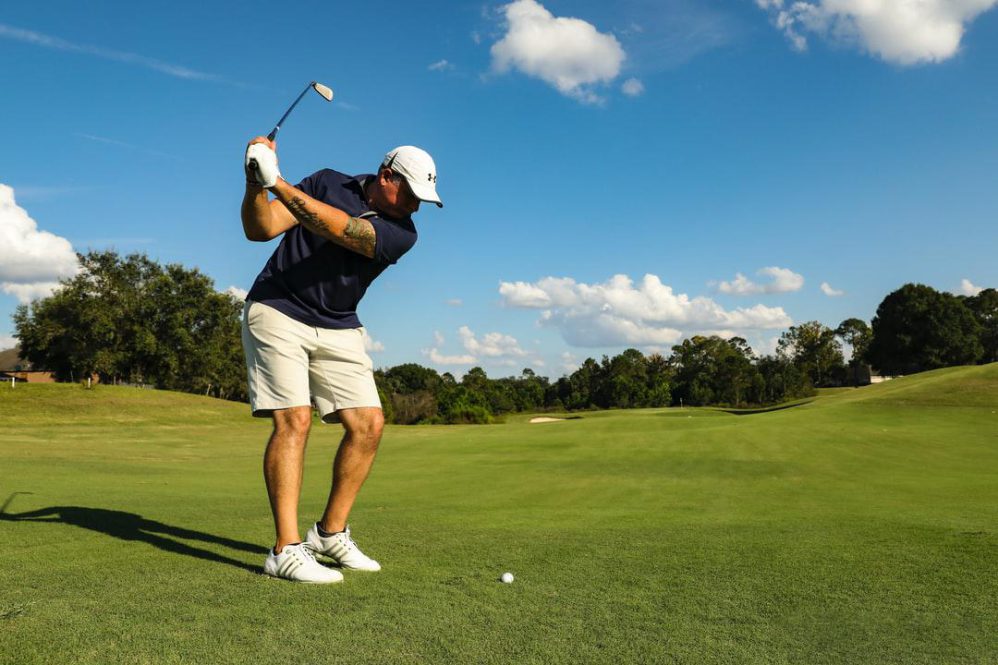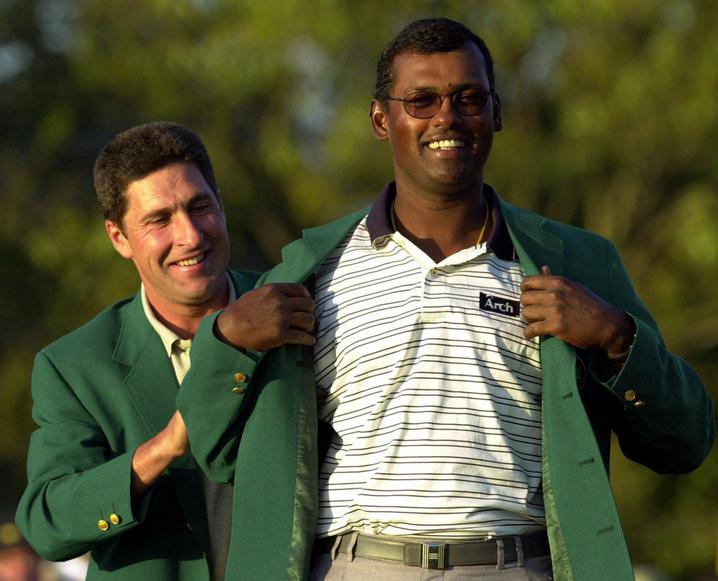
This is the secret for handling tricky lies in the bunker
Mastering Tricky Bunker Shots
Golf legend Rory McIlroy unveils his foolproof technique for conquering the notorious greenside hazard. McIlroy’s method simplifies the daunting task of extricating oneself from a bunker with confidence and precision.
According to McIlroy, the key lies in identifying the ball’s lie and adjusting the clubface and swing accordingly. For balls nestled in firm sand, he advocates for a “splash shot” with a square clubface and a steep attack angle. Conversely, for balls sitting in soft sand, McIlroy recommends a “lob shot” with an open clubface and a shallow swing arc.
McIlroy emphasizes the importance of a proper stance, weight distribution, and clubhead speed. By adhering to these principles, golfers will be well-equipped to navigate the challenges of a bunker and elevate their short game.









